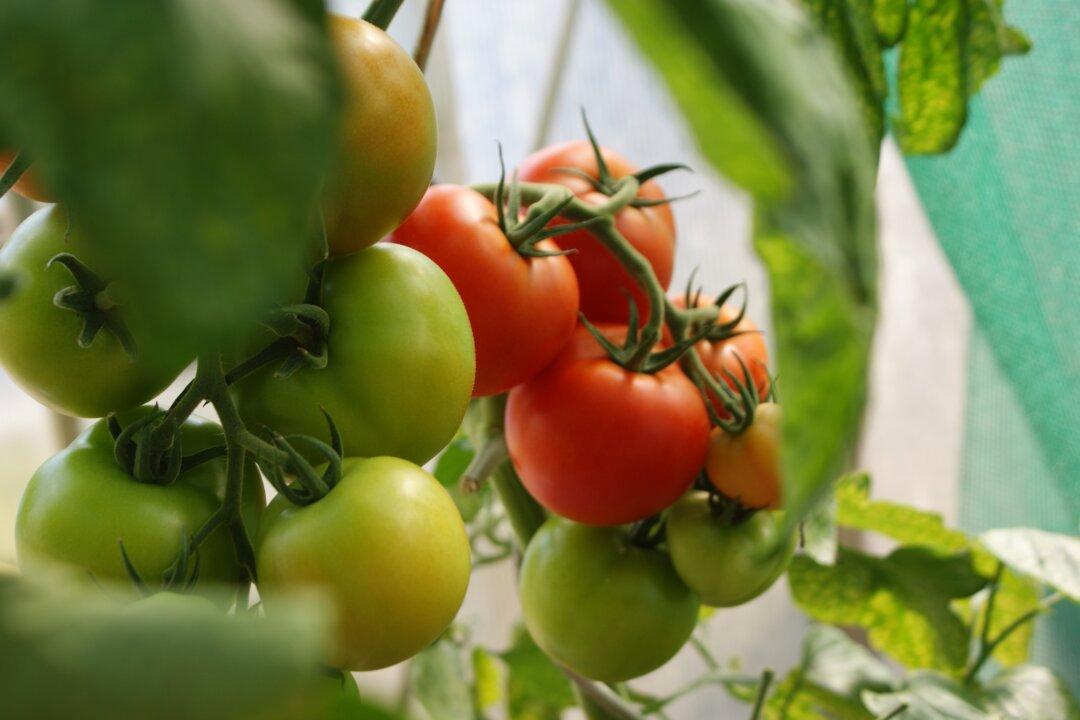Spring is nearly here. We can feel it in the way the cherry trees sway, adorned with powder pink jewels. Daffodils, hyacinths, and other flowers are beginning to burst from every neighboring field, and we can finally witness tiny seed sprouts breaking through the earth, signaling the time for growth and rebirth.
You don’t need to have a spacious yard to be able to enjoy spring’s harvest. A small patio, deck, or balcony will do! During this time of glorious warmth and seasonal transformation, spring welcomes all—whether young or old—to take part in the magical act of growing.





